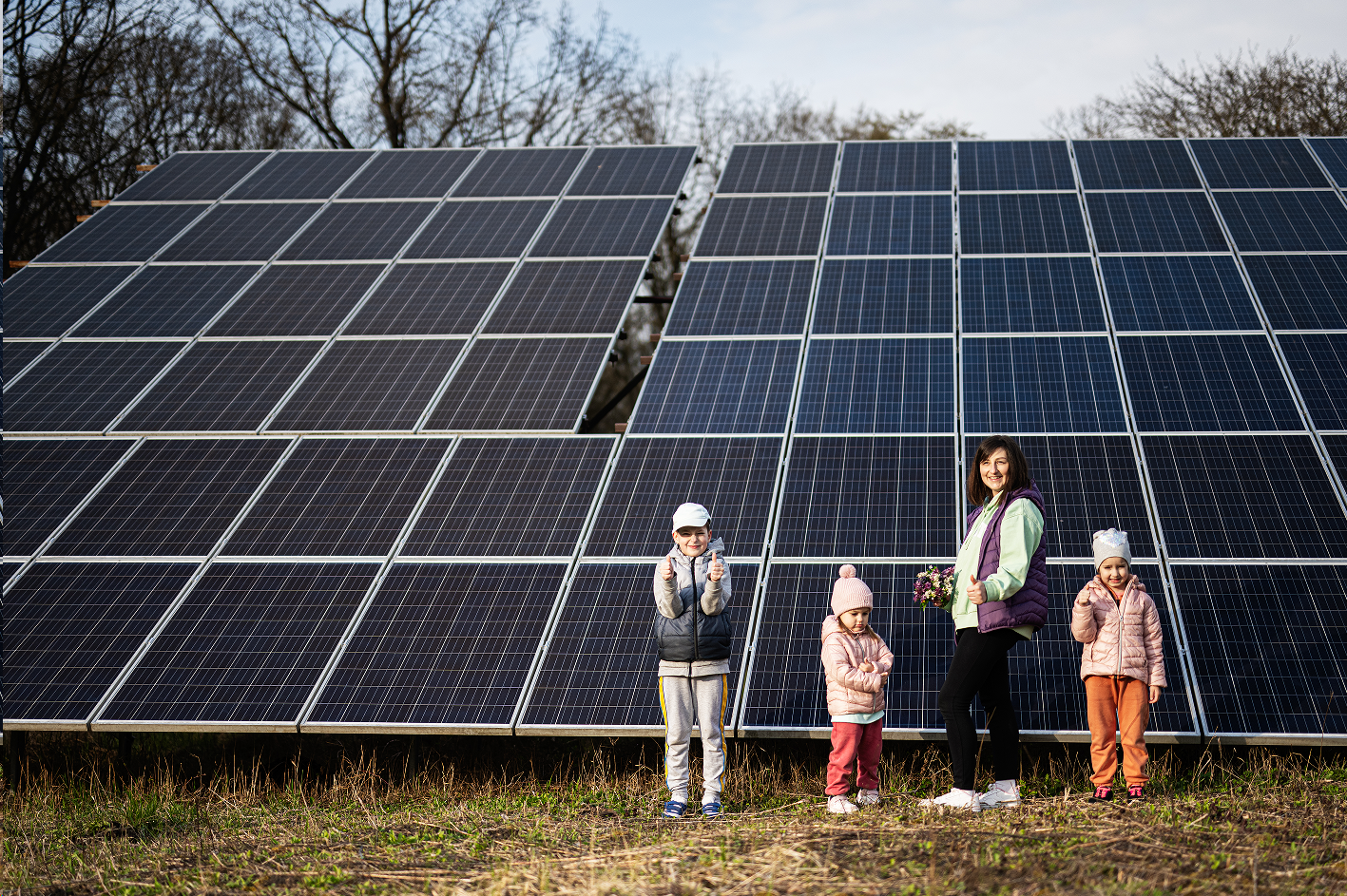| April 18, 2024 |
|
In response to the increasing demand for energy storage driven by the Inflation Reduction Act (IRA), the Solar Energy Industries Association (SEIA) has released a comprehensive report addressing the challenges hindering the establishment of a robust domestic energy storage manufacturing sector in the United States. The report delves into key obstacles such as cost competitiveness, raw material access, technical expertise, and the crucial requirement for a diverse and sizable workforce.
SEIA President and CEO Abigail Ross Hopper emphasized the pivotal role of domestic energy storage production in propelling the clean energy transition globally and ensuring grid reliability. The report underscores the competitive landscape of energy storage manufacturing while outlining the critical hurdles that the U.S. must overcome to reduce dependence on imported batteries and enhance energy security.
The study anticipates a surge in global demand for lithium-ion batteries, the primary form of energy storage for renewable energy, driven by unprecedented investments in solar spurred by the IRA's production incentives. Global battery demand across all applications, including solar and electric vehicles, is projected to grow from 670 GWh in 2022 to over 4,000 GWh by 2030. Concurrently, U.S. demand for battery energy storage systems (BESS) is expected to increase more than sixfold, reaching 119 GWh by 2030.
The report identifies the primary barrier to energy storage manufacturing as the cost and availability of raw materials, particularly graphite, cathode, and anode active materials. The study underscores the importance of federal incentives through the IRA, offering support for domestic manufacturing, including tax credits, grants, low-cost loans, government procurement, and R&D assistance.
The incentives provided by the IRA could potentially reduce energy storage costs by over 40%, enhancing U.S. competitiveness. However, challenges such as longer development times, workforce training, and recruitment need to be addressed. The report emphasizes the significance of effective state regulations and industrial policies, along with incentives from state economic development offices, to facilitate the growth of domestic energy storage production.
(Reference: SEIA)  |
Hot spots
|

Try our iDesign BOM Calculator.....